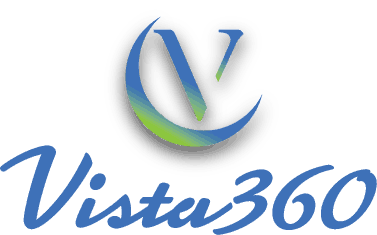SEC Publishes New Form ADV FAQs
November 28, 2023
The SEC quietly published new Form ADV FAQs last month. We decided to go through them and highlight the ones we think could have an impact on your upcoming Form ADV annual update filing. We hope you find this helpful.
On October 26th, the SEC published 38 new FAQs on Form ADV and IARD. While the majority of these FAQs explain how the SEC expects advisers to handle special situations, such as the timing of new adviser registrations, transitioning between different types of registrations or withdrawing an adviser’s registration, there were 8 FAQs which may have an impact on advisers’ upcoming Form ADV annual updates. We’ve summarized these 8 FAQs below, but also recommend you review all the new FAQs carefully.
• Item 1.B (Names Under Which You Conduct Advisory Business) – advisers are required to list all company names under which they primarily conduct advisory business, which includes all company names through which supervised persons, IARs and independent contractors (meeting the definition of “employee”) conduct advisory business on behalf of the adviser.
• Items 5.C.(1) and 5.D (Number of Clients) – advisers should include in their client counts any clients for whom the adviser provides investment advisory services, even if the adviser does not have RAUM for the client(s). Clients that do not compensate the adviser should also be counted. Do not include clients that are only receiving non-advisory services, such as accounting services.
• Item 5.G (Types of Advisory Services) – this specific FAQ clarifies that automated/robo investment advice should not be categorized as “Other” because the SEC sees automated investment advice to simply be a means of providing the types of advisory services listed in Item 5.G. While this FAQ is focused on automated investment advice, we often see the “Other” category used for other means of providing investment advice, such as sub-advisory. If you are currently utilizing the “Other” category, you may want to consider whether the service listed is truly another type of service, or just another means of providing advisory services.
• Schedule D, Section 5.K.(1) (Investment Types for SMAs) – ETFs should be classified as (ix) Securities Issued by RICs or BDCs rather than (i) Exchange-Trade Equity Securities.
• Schedule D, Section 7.B.(1) (Private Fund Reporting) – advisers to newly created private funds should only indicate in Question 23(a) that the private fund is subject to an annual audit if an auditor has been engaged to conduct an audit for the applicable fiscal year.
• Schedule D, Section 7.B.(1) (Private Fund Reporting) – if a private fund’s audited financial statements for the most recently completed fiscal year have not yet been distributed at the time of the Form ADV filing, Question 23(g) should be answered as follows: Yes, if an auditor has been engaged and the audited financials will be distributed as required. No, if the applicable deadline for distribution has passed and the audited financials were not distributed.
• Schedule D, Section 7.B.(1) (Private Fund Reporting) – if an administrator is engaged to value a private fund’s assets, the administrator carries out all valuation procedures and the adviser uses the administrator’s values for subscriptions, redemptions, fee calculations, etc., the adviser should consider those assets to valued by the administrator when answering Question 27 even if the adviser believes itself to be ultimately responsible for valuing the fund’s assets.
• Part 2A, Item 2 (Material Changes to Brochure) – advisers are required by the Form ADV Instructions to identify and discuss material changes to the Brochure. Solely listing the material changes is insufficient.
